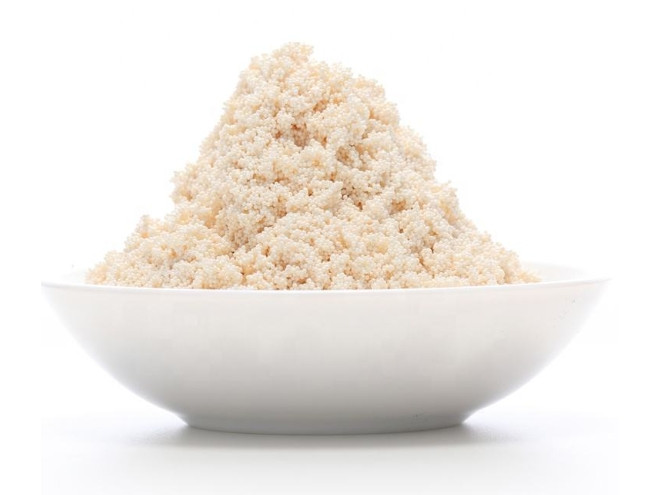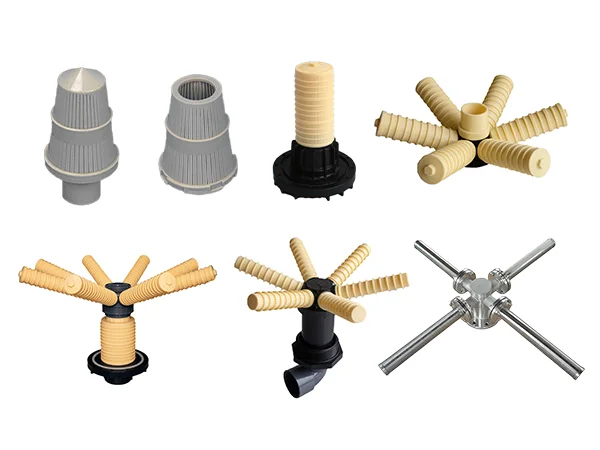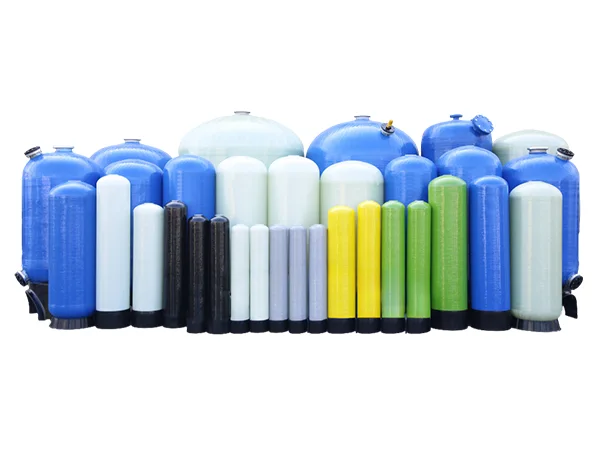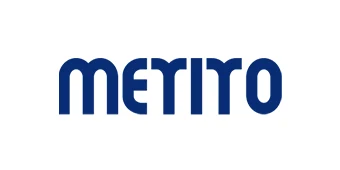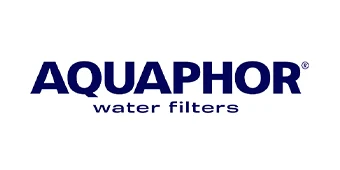Specification
Macroporous adsorption resins can be divided into non-polar and polar types, depending on the size of the polarity and the structure of the monomer selected. Polarity is further divided into weak polarity, medium polarity and polarity.
Non-polar macroporous adsorption resins
It has no functional groups and is made by polymerization of monomers with very small dipole moments. Its pore surface has strong hydrophobicity and adsorbs organic substances in solution through the interaction with the hydrophobic part within the small molecule. It is suitable for adsorption of non-polar substances from polar solvents, thus becoming an aromatic adsorbent, such as styrene and diethylenebenzene polymers.
Polar macroporous adsorption resins
It is a kind of adsorption resin containing amide groups, cyano groups, phenolic hydroxyl groups and other polar functional groups containing nitrogen, oxygen and sulfur that adsorb polar substances through electrostatic interactions. In chemistry, polarity refers to the uneven distribution of charges in a covalent bond or a covalent molecule.
The larger the dipole moment, the greater the polarity of the molecule; the greater the difference in electronegativity, the greater the polarity of the covalent bond.
Features
- Wide range of applications
- Stable physical and chemical properties
- Excellent separation performance
- Easy to use
- Low solvent consumption
- Reusable, reducing cost












